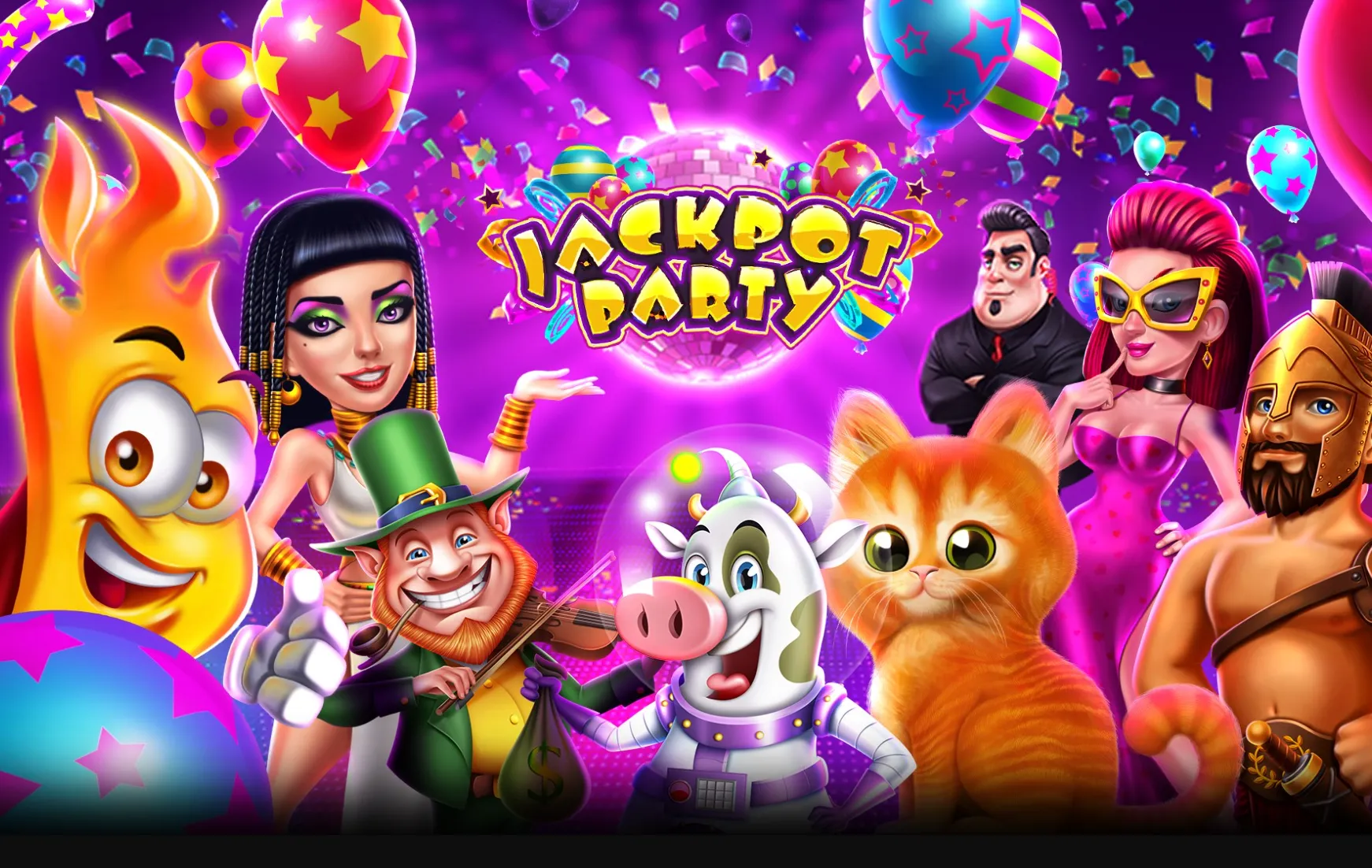
Social casinos, also known as free-to-play casinos, have developed strongly in recent years and, according to industry experts, are now more than just a niche in the gambling market. Officials and insiders report that these platforms are gaining popularity, especially in competitions with strict gambling laws, such as China, Japan or South Korea, because they fill a significant gap in the entertainment offering.
There, social casinos offer a legal alternative by selling users virtual chips or tokens to play casino games – without offering the opportunity to win real money. We took a closer look at the social casino trend in 2021.
According to insiders, social interaction is one of the key factors in the success of these platforms. While players often start with free chips, it is certain additional features, exclusive in-game purchases and social exchange that ensure long-term loyalty. Industry executives emphasize that the appeal of social casinos goes far beyond pure gambling. Players can compete with each other, send virtual gifts or take part in rankings, which strengthens the sense of community and adds value to the gaming mechanism. In addition to classic slots and table games, social casinos now also offer puzzle games, role-playing games and other genre mixes in order to reach even more diverse target groups.
Those involved rate the potential as exorbitant. Joe Pisano, CEO of the social casino group Jade Entertainment & Technologies, estimates the market in Asia alone to be around 6.5 billion US dollars, with further growth forecasts. Shaun McCamley, a long-time managing director in large land-based casinos, reports a real key experience: In 2011, Caesars Entertainment acquired the social casino platform Playtika for 92 million US dollars. Without making any significant changes, the company then sold it to a Chinese consortium in 2016 for a whopping 4.4 billion US dollars. McCamley then decided to invest as well.
More and more big players in the industry are getting into what is obviously a very lucrative business
More and more of the big names in the gaming industry are realizing the immense potential of the social casino market and are getting into this lucrative business. Global gaming giants are leveraging their extensive game libraries and strategically expanding their portfolios through acquisitions or innovations.
- Aristocrat: One example of this is Aristocrat subsidiary Pixel United, which generated an impressive $1.76 billion in revenue last year alone – representing 42 percent of the company’s total revenue. In the first half of this year, Pixel United recorded revenue of $877 million with a daily user base of 4.3 million on average, which in turn accounted for 41 percent of the company’s total revenue. Notably, 57 percent of Pixel United’s revenue comes from their social casino offerings such as Cashman Casino, Jackpot Magic Slots and Big Fish Casinos, underscoring the importance of this segment in the overall portfolio.
- Light & Wonder: Other industry giants such as Light & Wonder have also put their feelers out into the social gaming market. In October last year, the company acquired the remaining 17 percent of SciPlay’s shares for 496 million US dollars, valuing the social gaming specialist at 2.9 billion US dollars. SciPlay, now a wholly owned subsidiary, generated sales of 777 million US dollars last year, which is more than a quarter of Light & Wonder’s total sales. Analysts such as Barry Jonas of Truist Securities point out that SciPlay has now recorded continuous growth for ten quarters and generated sales of 411 million US dollars in the first half of this year alone.
The forecasts for the entire social gaming market are equally impressive. Monica Shevgan, senior management consultant at Coherent Market Insights, estimates that global social gaming revenue will rise to $29 billion by 2026, with an average growth rate of 16 percent since 2020.
However, this development does not only include casino games, but also the broad spectrum of social games such as Candy Crush, Bejeweled and Farmville, which are increasingly becoming the focus of investors and developers.
How can the platforms make so much money or achieve such value?
The immense economic success of social casino platforms can be explained by the interaction of various factors that go beyond simple user numbers.
Industry experts emphasize that it is precisely the enormous reach of these offers that ensures that even small amounts – multiplied by millions of players – can lead to significant revenue. Social casinos rely primarily on in-app purchases to make a profit, as they do not incur losses through real money.
An insider explains that the number of people who buy more after using up the free coins is comparatively small, but it is enough to generate enormous revenue.
Two key factors:
- Unlike real money casinos, social casino players engage far more frequently and intensely. “Users enjoy the core game they may associate with their favorite casino and can play it for free,” explains a social gaming manager. They don’t have to worry about actually losing funds, which increases the willingness to gamble.
- Added to this is the ubiquitous availability of smartphones, which makes the gaming experience even more convenient and accessible. Users can immerse themselves in their favorite casino anytime, anywhere by simply opening the app on their phone – a convenience that gives the platforms a huge boost. More interesting details about user behavior can be found in our article “SOFTSWISS provides insider insights into the use of social casinos.”
Another crucial aspect of financial success is advertising integration, which has grown immensely in importance in the recent past. “Over the last five years, people have become more aggressive about advertising and integrating advertising revenue into games.” Advertising has thus become a stable and growing source of revenue for the platforms, in addition to player purchases.
For example, Aristocrat and Light & Wonder report that more than 10 percent of their social gaming users regularly purchase additional services or play time and take advertising into account, with the average spend per daily active user being just over $1. Combined with the long play time – often between 45 minutes and an hour per day – this results in a highly profitable model that is very different from traditional online casinos.
There are now even connections to real-world casinos
The integration of social casino platforms with real casinos has taken the business to a whole new level.
PlayStudios, one of the best-known examples in this area, is setting standards with an innovative loyalty program. Since its founding in 2011 by MGM and game developer Activision Blizzard, PlayStudios has not only offered the usual social casino gameplay on its myVegas platform, but also linked it with real-world rewards.
- Players can receive exclusive benefits in the real MGM properties along the famous Las Vegas Strip by collecting loyalty points.
- These points can be redeemed for amenities such as hotel rooms, restaurant visits or entertainment, which links the social casino experience to the physical casino world in a unique way.
- The success of this model ultimately led to a massive expansion of the rewards program, which is now not just limited to the “MGM Strip”. PlayStudios’ network now extends to over 100 partners worldwide, representing 236 different brands in the hospitality, travel, leisure and even cruise sectors.
The global expansion brings players a variety of advantages that go far beyond slot games and the like and shows how social casino providers are integrating not only interactive but increasingly real experiences into their digital worlds. A remarkable step that increases user engagement and at the same time diversifies the business model.
myVegas and the concept are now valued at an incredible 1.1 billion US dollars.
Conclusion
The social casino business is booming – the billions in sales and values of the platforms impressively show how lucrative the model can be despite the lack of real money winnings. The operators generate enormous sums of money primarily through in-app purchases, advertising and clever user loyalty. Large gaming companies such as Aristocrat and Light & Wonder have long since entered the market and are continuing to expand. In addition to increasing interactive elements, providers such as PlayStudios are even linking the virtual world with real rewards, thus driving success even further. Social casinos have established themselves as a profitable and growing market that excites both players and companies.




Be the first to comment